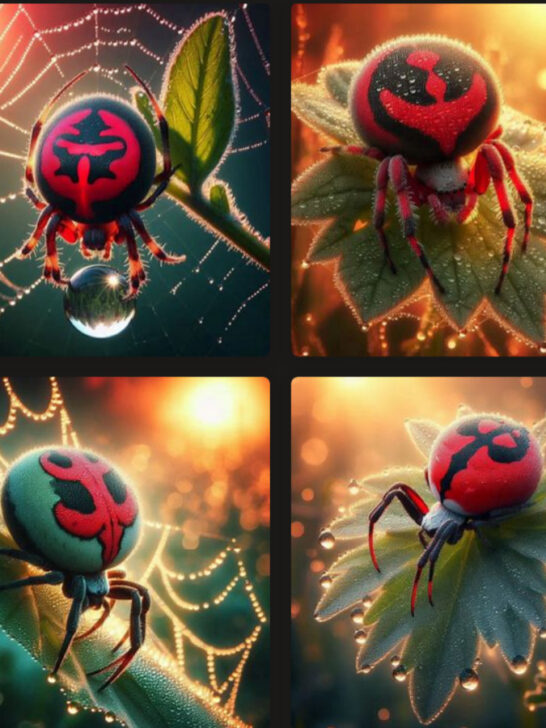False widows, also known as spiders that resemble black widows, are a diverse group of arachnids that share similar physical characteristics with the infamous black widow spiders. Despite their resemblance, most false widows are not venomous to the same extent as black widows. However, they often exhibit comparable behaviors and habitat preferences. In this article, we will explore several species of false widows, detailing their physical characteristics, behaviors, habitats, and more.
Post Contents
- South American Black Widow (Latrodectus curacaviensis):
- Redback Spider (Latrodectus hasseltii):
- Katipo (Latrodectus katipo):
- European Black Widow (Latrodectus tredecimguttatus):
- Triangulate Cobweb Spider (Steatoda triangulosa):
- Red Widow Spider (Latrodectus bishopi):
- Boreal Combfoot (Steatoda borealis):
- Rabbit Hutch Spider (Steatoda grossa):
- White-Spotted False Widow (Steatoda albomaculata):
- Black House Spider (Badumna insignis):
- Brown Widow Spider (Latrodectus geometricus):
- False Black Widow (Steatoda grossa):
- Noble False Widow Spider (Steatoda nobilis):
- Domestic House Spider (Tegenaria domestica):
- Barn Funnel Weaver (Tegenaria domestica):
- Common House Spider (Parasteatoda tepidariorum):
- Summary
South American Black Widow (Latrodectus curacaviensis):
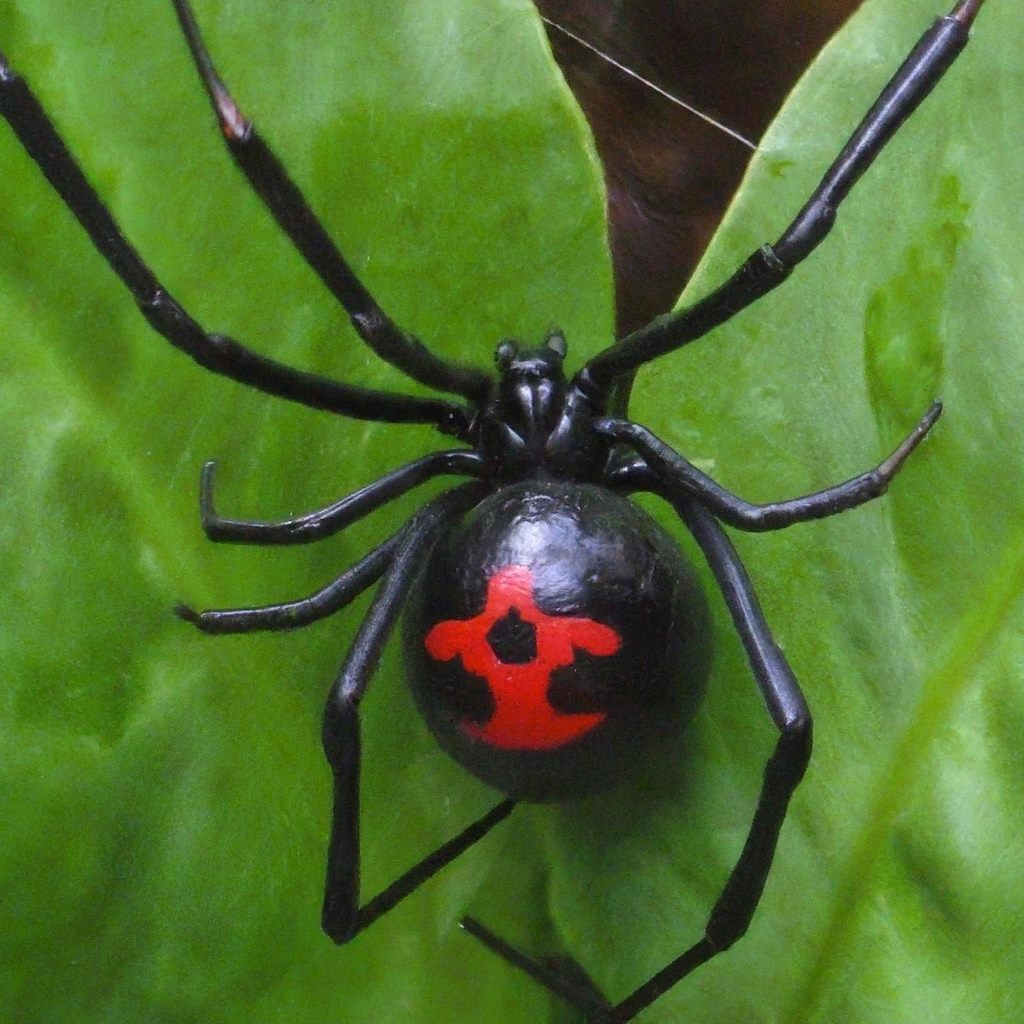
Physical Characteristics: South American black widows are small to medium-sized spiders with a round, shiny black abdomen marked by red or white spots or stripes on the upper surface. Females are larger and more robust than males.
Size, Color, and Weight: Females can measure up to 1 centimeter in body length, while males are smaller, measuring around 3 to 4 millimeters. They are typically black with red or white markings on their upper abdomen.
Lifespan: South American black widows can live for about one to three years.
Prey and Diet: They primarily feed on small insects and arachnids that become ensnared in their webs, such as flies, beetles, and ants. South American black widows are also known to cannibalize smaller males during mating.
Behavior: South American black widows are nocturnal hunters and tend to hide during the day. They construct irregular webs in dark, sheltered areas, such as under rocks, logs, and outdoor furniture.
Habitat: South American black widows are found in various countries across South America, including Brazil, Argentina, and Chile. They inhabit a range of environments, including forests, grasslands, and urban areas.
Web: They build tangled webs with sticky silk to capture prey. These webs are often located in secluded areas close to the ground.
Temperament: South American black widows are generally shy and non-aggressive towards humans. Bites are rare, but they can cause symptoms such as localized pain, swelling, and nausea, similar to those of other widow spiders.
Redback Spider (Latrodectus hasseltii):
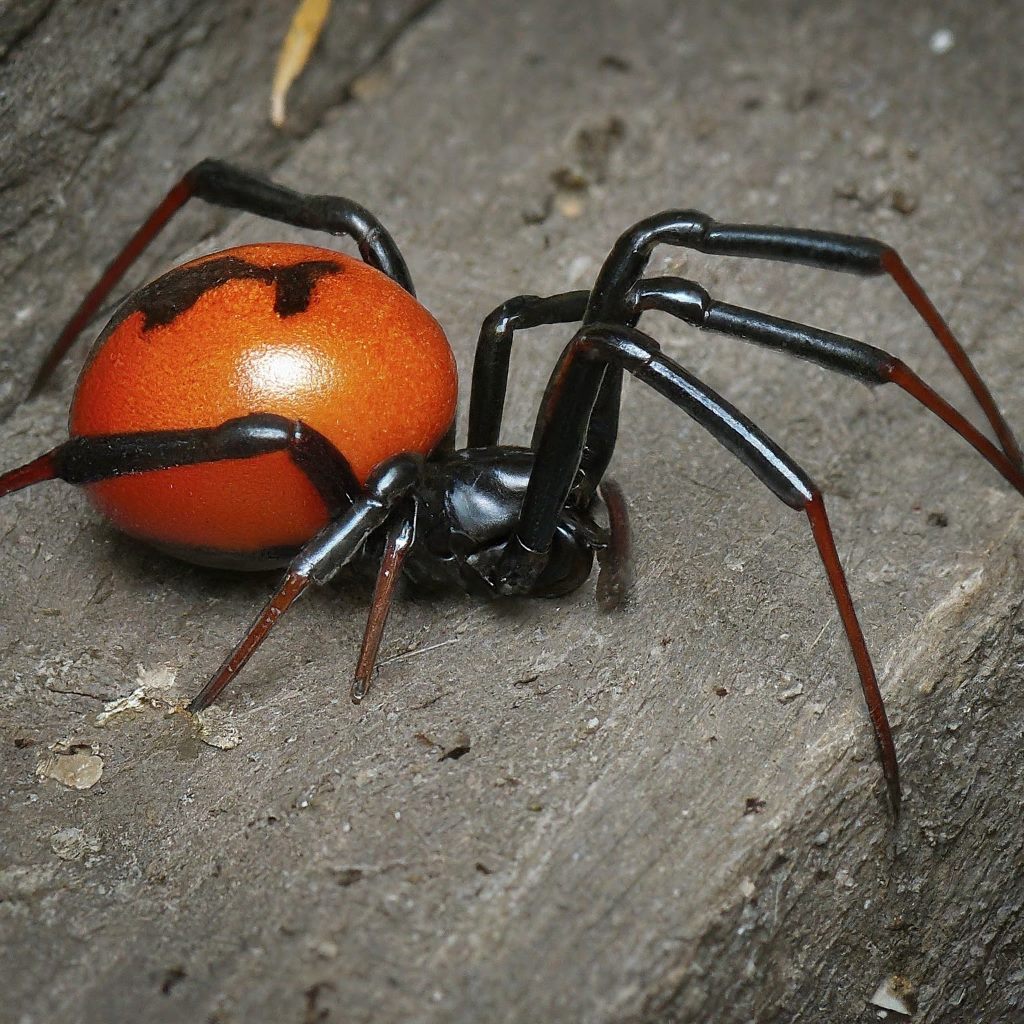
Physical Characteristics: Redback spiders are medium-sized with a round, shiny black abdomen marked by a distinctive red or orange stripe on the upper surface. Females are larger than males, with bodies measuring around 1 centimeter in length, while males are smaller and less conspicuous.
Size, Color, and Weight: Females can reach sizes of up to 1 centimeter in body length, while males are smaller, measuring around 3 to 4 millimeters. They are usually black with a red or orange stripe on their upper abdomen.
Lifespan: Redback spiders can live for about one to three years.
Prey and Diet: They prey on a variety of small insects, such as flies, beetles, and cockroaches, which become trapped in their webs. Redback spiders are also known to cannibalize smaller males during mating.
Behavior: Redback spiders are nocturnal and tend to hide during the day. They construct tangled, irregular webs in dark, sheltered areas, such as under rocks, logs, and outdoor furniture.
Habitat: Redback spiders are native to Australia but have been introduced to other regions, including New Zealand and Japan. They are commonly found in urban and suburban areas, as well as natural habitats with suitable hiding spots.
Web: They build messy webs with sticky silk to capture prey. These webs are often located in secluded areas close to the ground.
Temperament: Redback spiders are not aggressive but may bite if threatened or disturbed. Bites can cause symptoms such as localized pain, swelling, nausea, and sweating, and in severe cases, medical attention may be required.
Katipo (Latrodectus katipo):
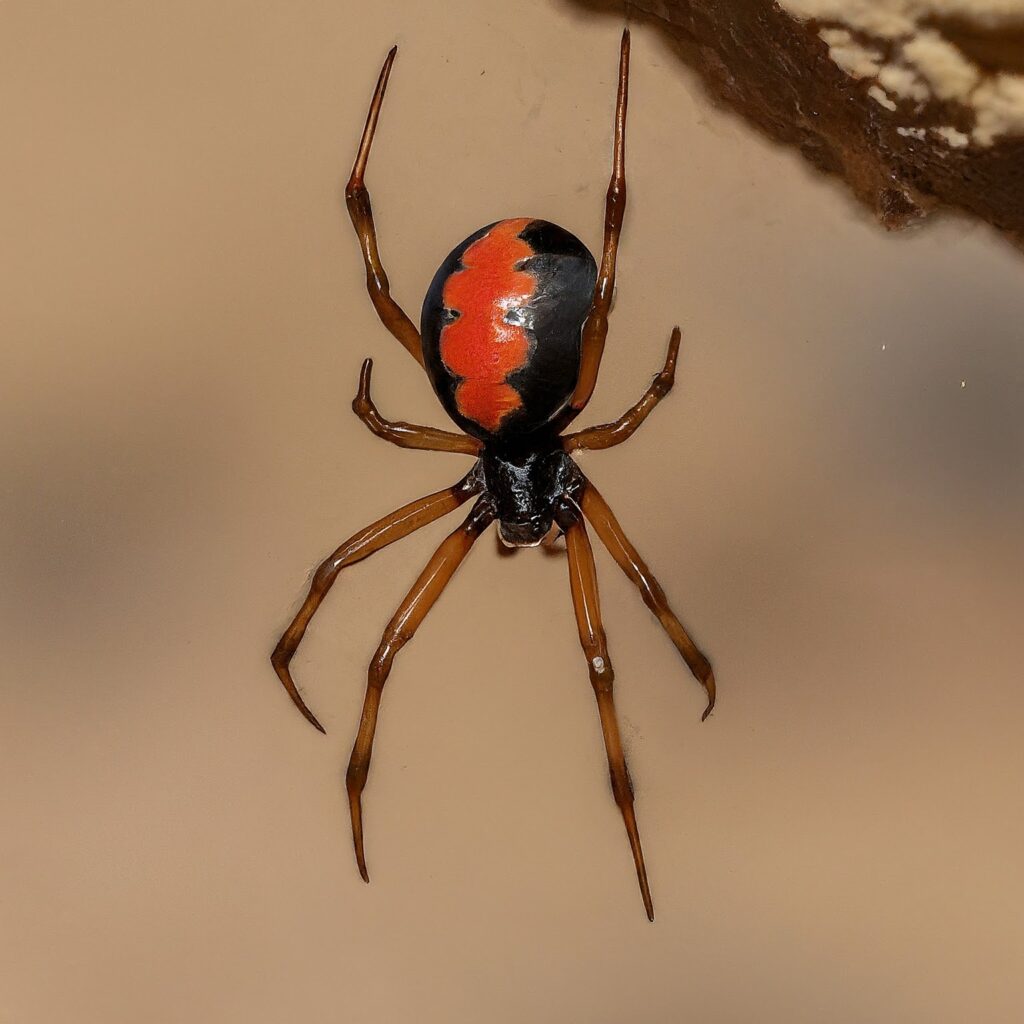
Physical Characteristics: Katipo spiders are small to medium-sized, with a round, shiny black abdomen marked by a distinctive red or white stripe on the upper surface. Females are larger and more robust than males.
Size, Color, and Weight: Females can measure up to 1 centimeter in body length, while males are smaller, measuring around 3 to 4 millimeters. They are typically black with a red or white stripe on their upper abdomen.
Lifespan: Katipo spiders can live for about one to three years.
Prey and Diet: They primarily feed on small insects and arachnids that become ensnared in their webs, such as flies, beetles, and ants. Katipo spiders are also known to cannibalize smaller males during mating.
Behavior: Katipo spiders are nocturnal hunters and tend to hide during the day. They construct irregular webs in dark, sheltered areas, such as under rocks, logs, and driftwood.
Habitat: Katipo spiders are native to New Zealand and are commonly found in coastal areas, sand dunes, and grasslands. They prefer habitats with sandy soils and sparse vegetation.
Web: They build tangled webs with sticky silk to capture prey. These webs are often located close to the ground and may be concealed under debris or vegetation.
Temperament: Katipo spiders are generally shy and non-aggressive towards humans. Bites are rare, but they can cause symptoms such as localized pain, swelling, and nausea, similar to those of the redback spider.
European Black Widow (Latrodectus tredecimguttatus):
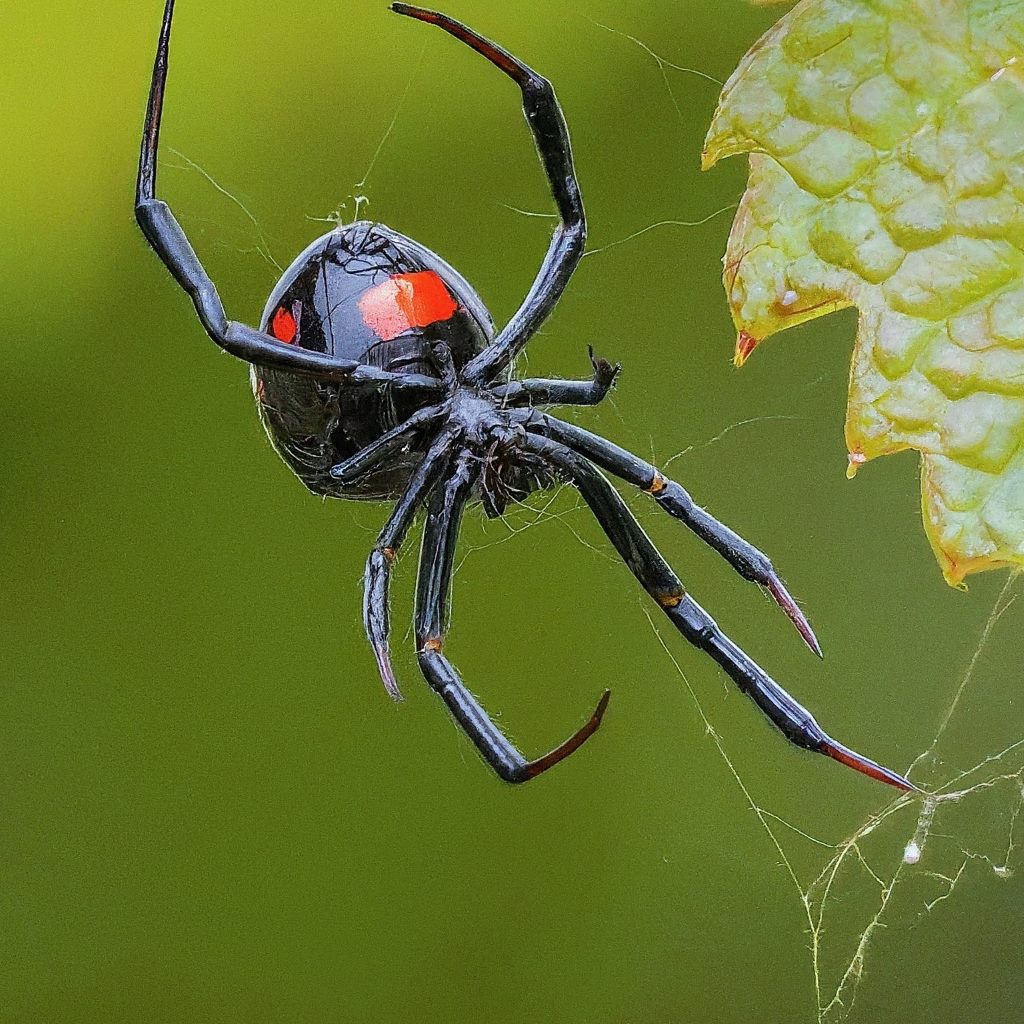
Physical Characteristics: European black widows are small to medium-sized spiders with a round, shiny black abdomen marked by red or white spots or stripes on the upper surface. Females are larger and more robust than males.
Size, Color, and Weight: Females can measure up to 1 centimeter in body length, while males are smaller, measuring around 3 to 4 millimeters. They are typically black with red or white markings on their upper abdomen.
Lifespan: European black widows can live for about one to three years.
Prey and Diet: They primarily feed on small insects and arachnids that become ensnared in their webs, such as flies, beetles, and ants. European black widows are also known to cannibalize smaller males during mating.
Behavior: European black widows are nocturnal hunters and tend to hide during the day. They construct irregular webs in dark, sheltered areas, such as under rocks, logs, and outdoor furniture.
Habitat: European black widows are found across southern Europe, North Africa, and parts of the Middle East. They inhabit a variety of environments, including forests, grasslands, and urban areas.
Web: They build tangled webs with sticky silk to capture prey. These webs are often located in secluded areas close to the ground.
Temperament: European black widows are generally shy and non-aggressive towards humans. Bites are rare, but they can cause symptoms such as localized pain, swelling, and nausea, similar to those of other widow spiders.
Triangulate Cobweb Spider (Steatoda triangulosa):
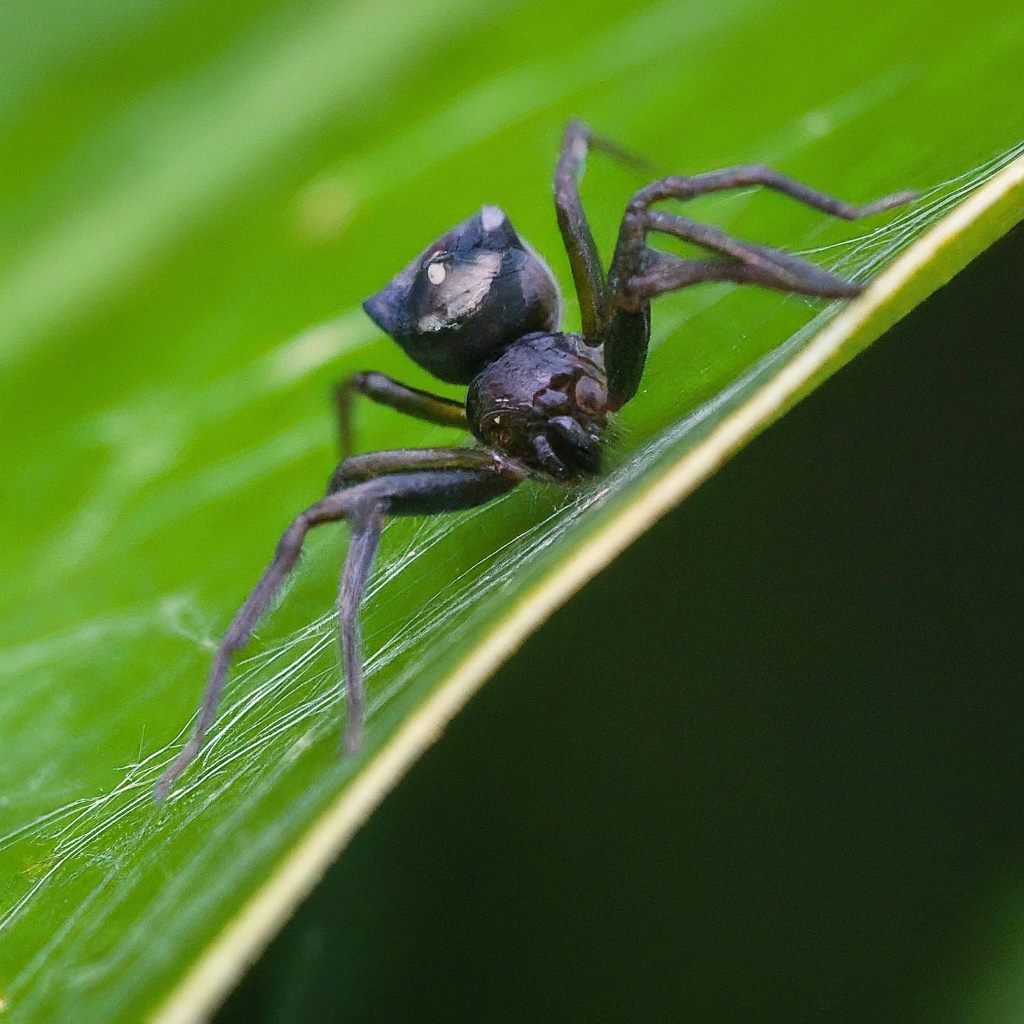
Physical Characteristics: The triangulate cobweb spider is small, with a round abdomen and legs that are usually shorter than its body. It has a distinct triangular pattern on its abdomen, which gives it its name.
Size, Color, and Weight: Adults typically measure around 5 to 8 millimeters in body length. They are usually dark brown to black in color, with lighter markings on their abdomen.
Lifespan: Triangulate cobweb spiders typically live for about one to three years.
Prey and Diet: They feed on various small insects and arachnids that become trapped in their webs, including flies, mosquitoes, and beetles.
Behavior: These spiders are nocturnal hunters and tend to remain hidden during the day. They construct tangled webs in dark, sheltered areas to capture prey.
Habitat: Triangulate cobweb spiders can be found in a variety of habitats, including forests, grasslands, and urban areas. They often inhabit sheds, basements, and other structures.
Web: They build irregular, cobweb-like webs in corners and crevices, where they wait for prey to become ensnared.
Temperament: Generally, triangulate cobweb spiders are shy and non-aggressive towards humans. They may bite if provoked or accidentally trapped against the skin, but their venom is mild and usually causes only minor irritation.
Red Widow Spider (Latrodectus bishopi):
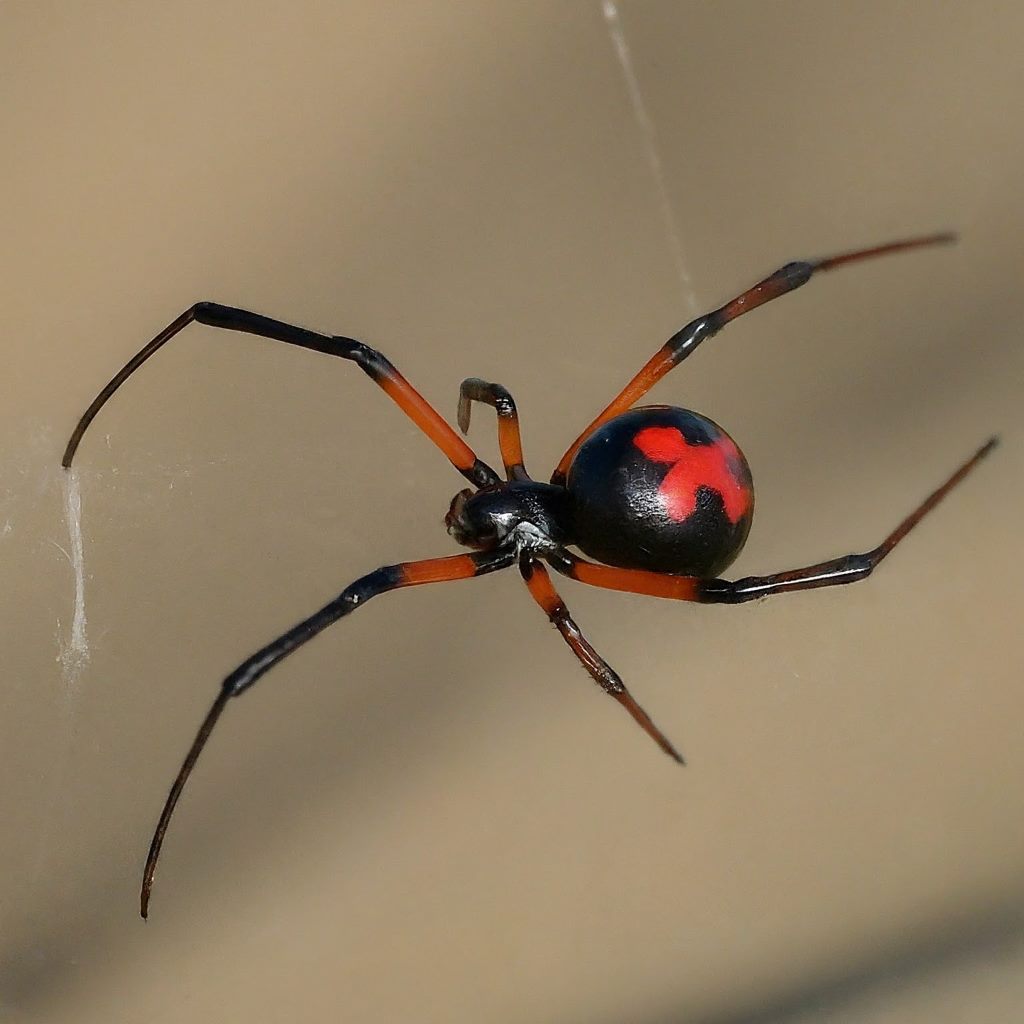
Physical Characteristics: Red widow spiders have a sleek, black body with a distinct red-orange hourglass marking on the underside of the abdomen. Females are typically larger than males and exhibit more vibrant red coloration.
Size, Color, and Weight: Females can reach sizes of up to 12 millimeters in body length, while males are significantly smaller, often around 4 to 5 millimeters. They have a glossy black appearance with the characteristic red hourglass marking.
Lifespan: Red widow spiders have a lifespan of around one to two years, with females living slightly longer than males.
Prey and Diet: Like other widow spiders, red widows primarily prey on small insects such as flies, ants, and beetles that become ensnared in their webs. They also feed on other spiders, including males of their own species.
Behavior: Red widow spiders are nocturnal predators and construct messy, irregular webs in sheltered locations such as under rocks, debris, and logs. They are relatively shy and will retreat if disturbed but can deliver a venomous bite if provoked.
Habitat: Native to the southeastern United States, red widow spiders are typically found in scrubland, pine forests, and coastal areas. They prefer warm, humid environments and are often encountered in natural habitats as well as human-disturbed areas.
Web: Their webs are haphazardly constructed and made of strong silk threads that capture unsuspecting prey. The webs are usually situated close to the ground and are not as organized as those of orb-weaving spiders.
Temperament: Red widow spiders are generally docile and avoid confrontation with humans. However, they will bite if threatened, and their venom can cause localized pain, swelling, and other symptoms in humans. Although their venom is potent, fatalities from red widow spider bites are rare.
Boreal Combfoot (Steatoda borealis):
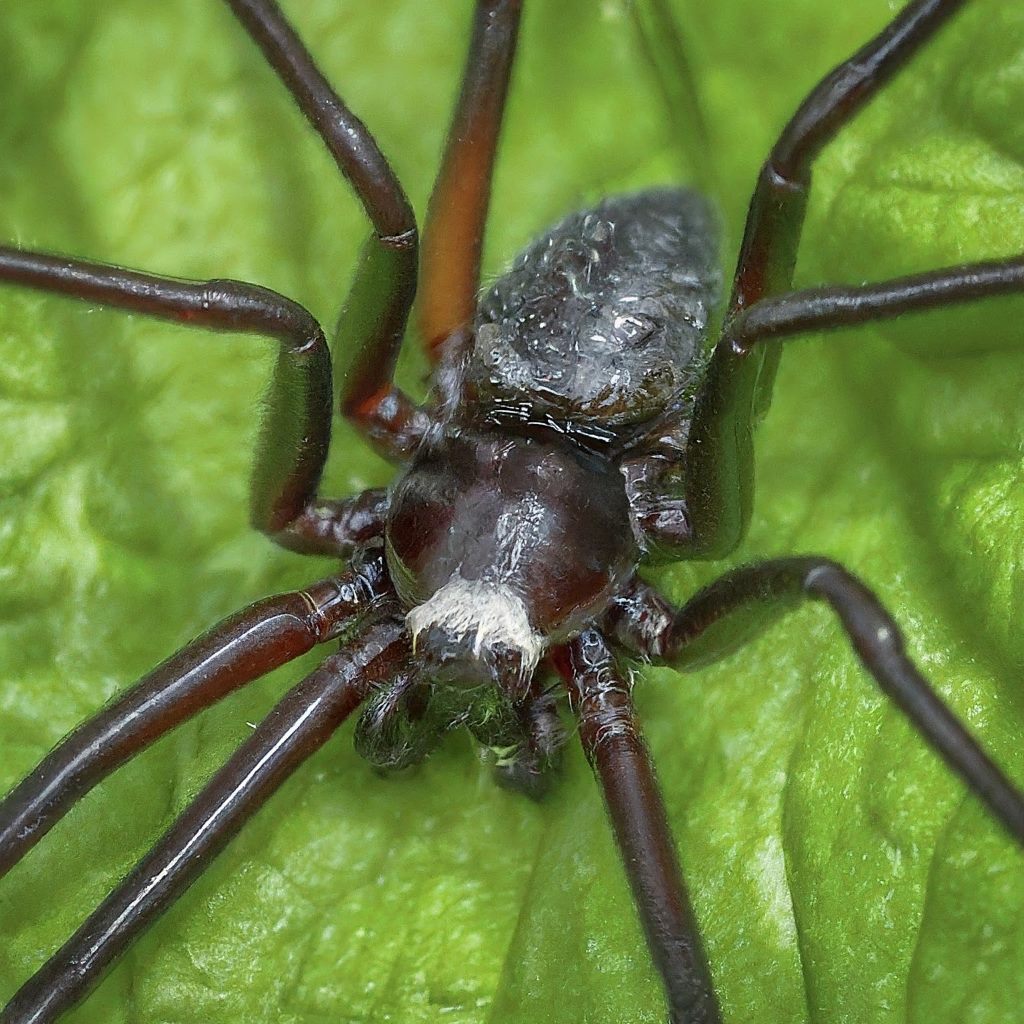
Physical Characteristics: The boreal combfoot spider has a similar appearance to the black widow, with a round abdomen and long, slender legs. It is typically dark brown to black in color, with lighter markings on its abdomen.
Size, Color, and Weight: Adults measure around 5 to 8 millimeters in body length. They are usually dark brown to black in color, with lighter markings on their abdomen.
Lifespan: Boreal combfoot spiders typically live for about one to three years.
Prey and Diet: They feed on various small insects and arachnids that become trapped in their webs, including flies, mosquitoes, and beetles.
Behavior: Boreal combfoot spiders are nocturnal hunters and tend to remain hidden during the day. They construct tangled webs in dark, sheltered areas to capture prey.
Habitat: They are commonly found in forests, grasslands, and urban areas. They often inhabit sheds, basements, and other structures.
Web: Boreal combfoot spiders build irregular, cobweb-like webs in corners and crevices, where they wait for prey to become ensnared.
Temperament: Generally shy and non-aggressive towards humans, boreal combfoot spiders may bite if provoked or accidentally trapped. However, their venom is mild and typically causes only minor irritation.
Rabbit Hutch Spider (Steatoda grossa):
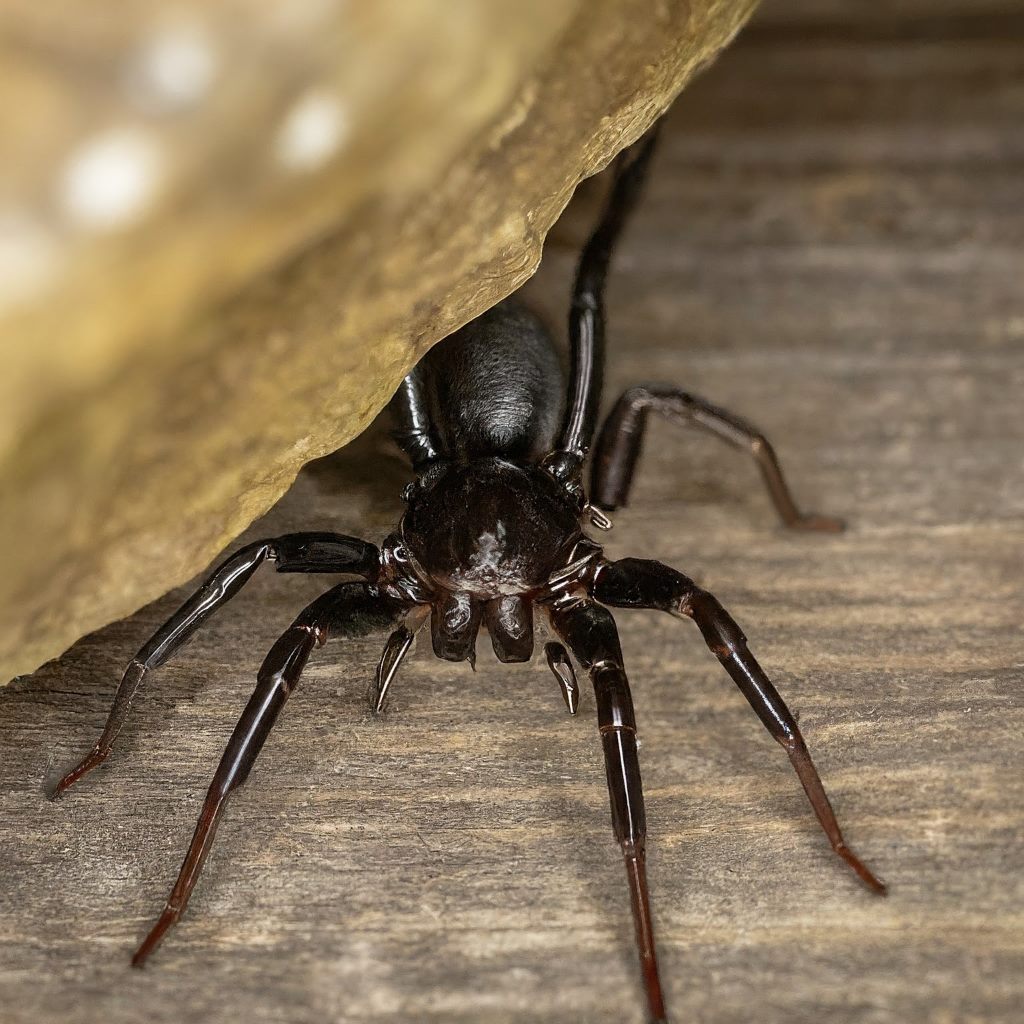
Physical Characteristics: The rabbit hutch spider is medium-sized with a round abdomen and relatively short legs. It has a shiny black body with lighter markings on its abdomen, which may include cream, yellow, or orange spots.
Size, Color, and Weight: Adults can reach sizes of around 6 to 10 millimeters in body length. They are typically black with various markings on their abdomen.
Lifespan: Rabbit hutch spiders typically live for about one to three years.
Prey and Diet: They primarily feed on insects and other small arthropods that become trapped in their webs, such as flies, ants, and beetles.
Behavior: These spiders are nocturnal and tend to hide during the day. They construct irregular webs in dark, secluded areas, such as sheds, garages, and woodpiles.
Habitat: Rabbit hutch spiders are commonly found in urban and suburban environments, as well as in natural areas with suitable hiding spots.
Web: They build messy, irregular webs with sticky silk to capture prey. These webs are often found in corners, crevices, and other sheltered locations.
Temperament: Rabbit hutch spiders are generally not aggressive towards humans and will usually retreat if disturbed. Bites are rare, and their venom is mild, causing only minor symptoms in most cases.
White-Spotted False Widow (Steatoda albomaculata):
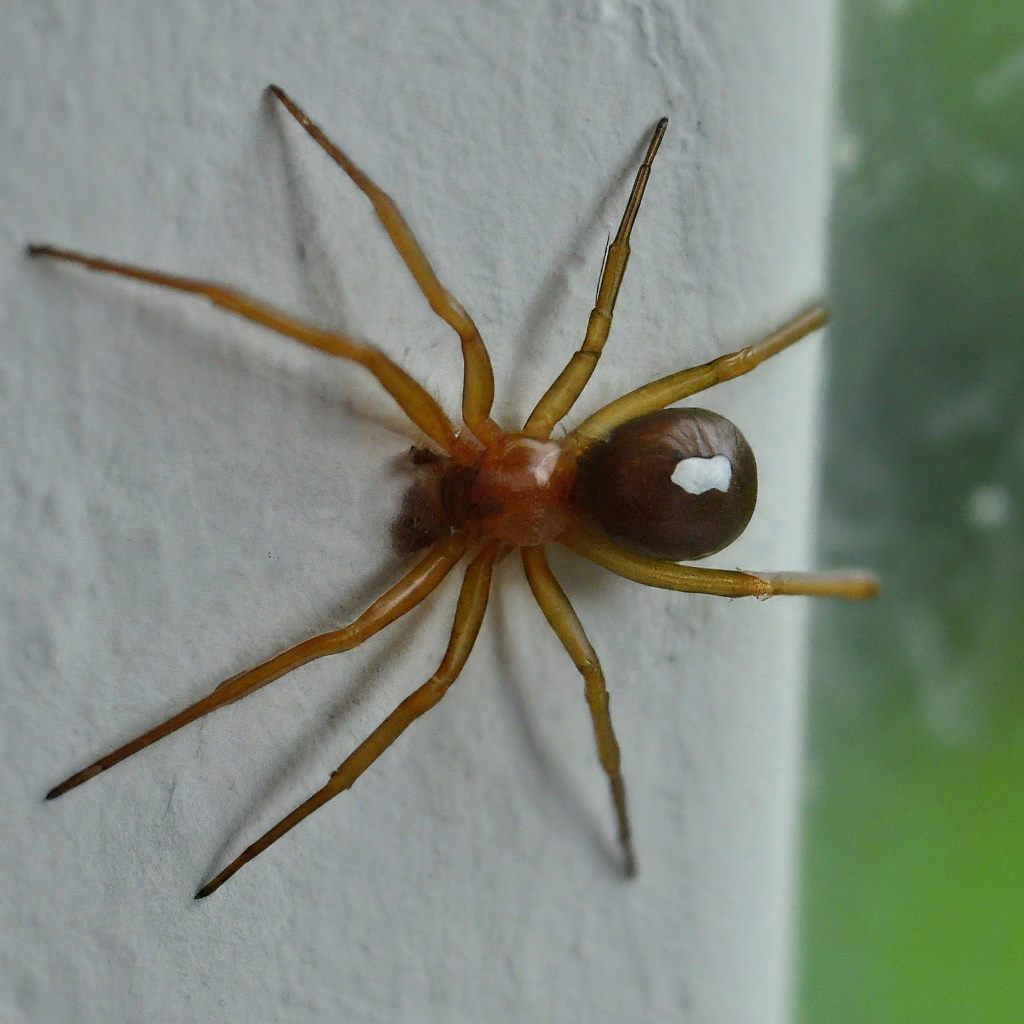
Physical Characteristics: The white-spotted false widow is similar in appearance to the black widow, with a round abdomen and long legs. It has a dark brown to black body with white or cream-colored spots on its abdomen.
Size, Color, and Weight: Adults typically measure around 5 to 10 millimeters in body length. They are usually dark brown to black with distinctive white spots.
Lifespan: White-spotted false widows typically live for about one to three years.
Prey and Diet: They primarily feed on small insects and arachnids that become ensnared in their webs, such as flies, beetles, and ants.
Behavior: These spiders are nocturnal hunters and tend to hide during the day. They construct tangled webs in dark, sheltered areas to capture prey.
Habitat: White-spotted false widows can be found in a variety of habitats, including gardens, forests, and urban areas. They often inhabit buildings, sheds, and outdoor structures.
Web: They build irregular webs with sticky silk to trap prey. These webs are usually located in corners, crevices, and other concealed spots.
Temperament: White-spotted false widows are generally shy and non-aggressive towards humans. Bites are rare and typically result in mild symptoms, such as local pain and swelling.
Black House Spider (Badumna insignis):
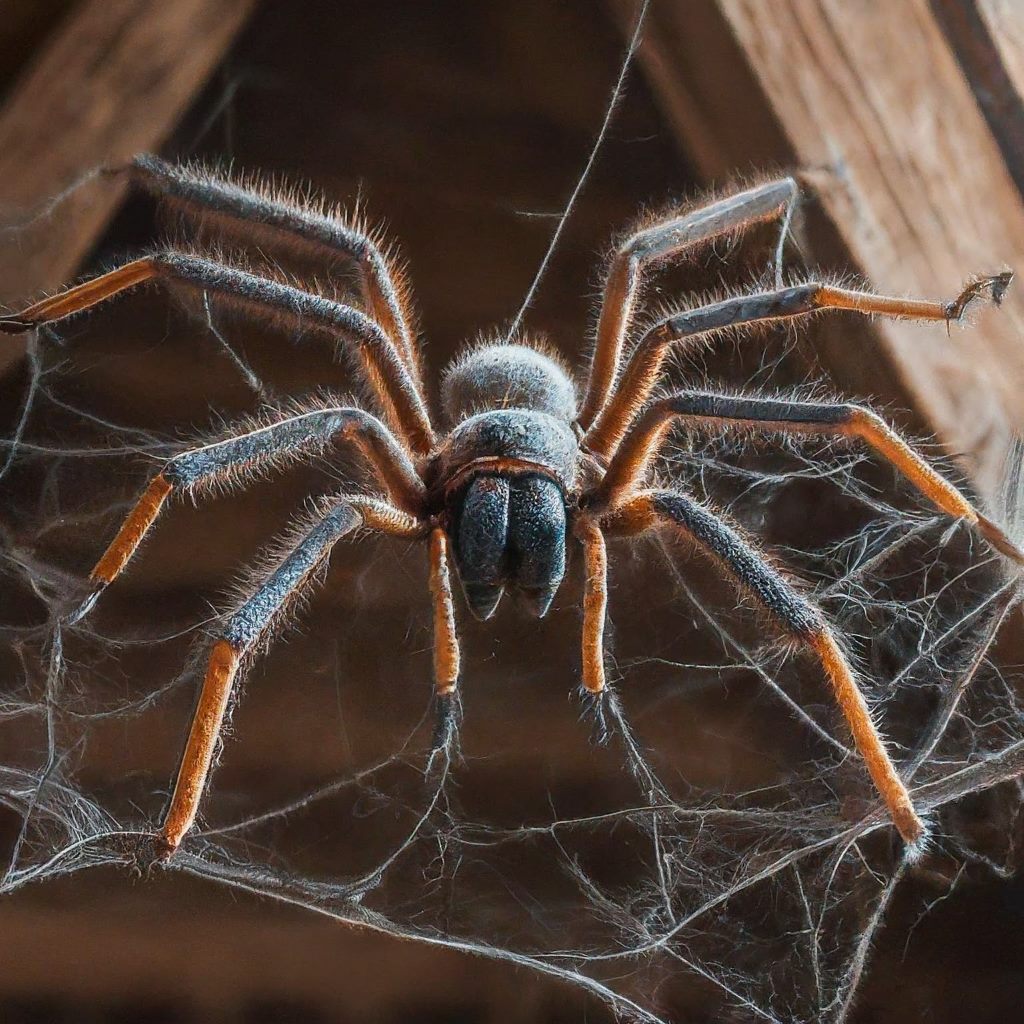
Physical Characteristics: Black house spiders have a dark brown to black, bulbous abdomen with a distinctive white or cream spot on the upper surface. They have long, thin legs and a compact body.
Size, Color, and Weight: Females can reach lengths of up to 18 millimeters, while males are smaller, typically measuring around 9 to 10 millimeters. They are predominantly black or dark brown with the characteristic white or cream spot on their abdomen.
Lifespan: Black house spiders can live for several years, with females often having longer lifespans than males.
Prey and Diet: These spiders feed on a variety of small insects and arachnids that become trapped in their irregular webs, including flies, mosquitoes, and cockroaches.
Behavior: Black house spiders are nocturnal and primarily active during the night. They construct messy, tangled webs in dark, sheltered areas such as window frames, eaves, and garden sheds.
Habitat: Black house spiders are commonly found in urban and suburban areas throughout Australia and New Zealand. They prefer warm, dry environments and are often encountered in human-made structures.
Web: They build irregular webs with dense silk, which may be supplemented with silk retreats for shelter.
Temperament: Black house spiders are generally non-aggressive and shy away from human contact. Bites are rare and usually occur when the spider feels threatened or trapped, resulting in localized pain and swelling similar to a bee sting.
Brown Widow Spider (Latrodectus geometricus):
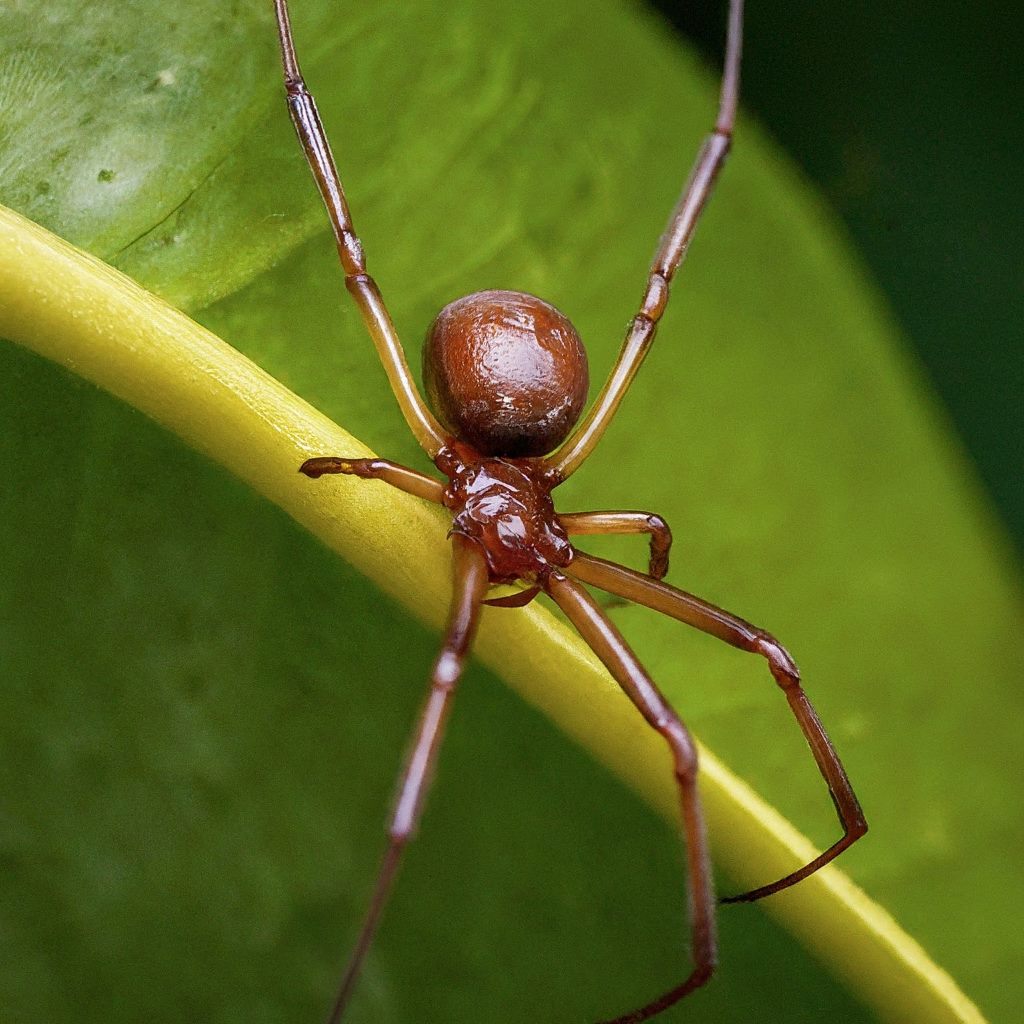
Physical Characteristics: Brown widow spiders have a distinctive, bulbous abdomen with variable coloration ranging from tan to dark brown, often adorned with geometric patterns or bands of lighter and darker shades. They possess long, slender legs and a relatively small body size.
Size, Color, and Weight: Females are larger than males, with body lengths typically ranging from 8 to 15 millimeters. Their coloration can vary, but they often exhibit shades of brown with lighter markings.
Lifespan: Brown widow spiders typically live for about one to two years, with females having longer lifespans than males.
Prey and Diet: They feed primarily on small insects such as flies, ants, beetles, and other spiders that become trapped in their irregular webs.
Behavior: Brown widow spiders are nocturnal hunters and construct webs in protected areas such as under eaves, in outdoor furniture, and in crevices. They are known to be less aggressive than black widow spiders but will bite if provoked or threatened.
Habitat: Native to tropical and subtropical regions, brown widow spiders have spread to many parts of the world, including the southeastern United States, Asia, and Australia. They thrive in urban and suburban environments, often taking up residence in human-made structures.
Web: Their webs are irregular in shape and made of sticky silk, which ensnares prey that inadvertently comes into contact with it. The webs are typically located in sheltered areas close to the ground.
Temperament: Brown widow spiders are generally shy and will retreat when disturbed. While their venom is potent, they are less likely to bite humans than black widow spiders, and their bites are usually less severe, causing localized pain and swelling.
False Black Widow (Steatoda grossa):
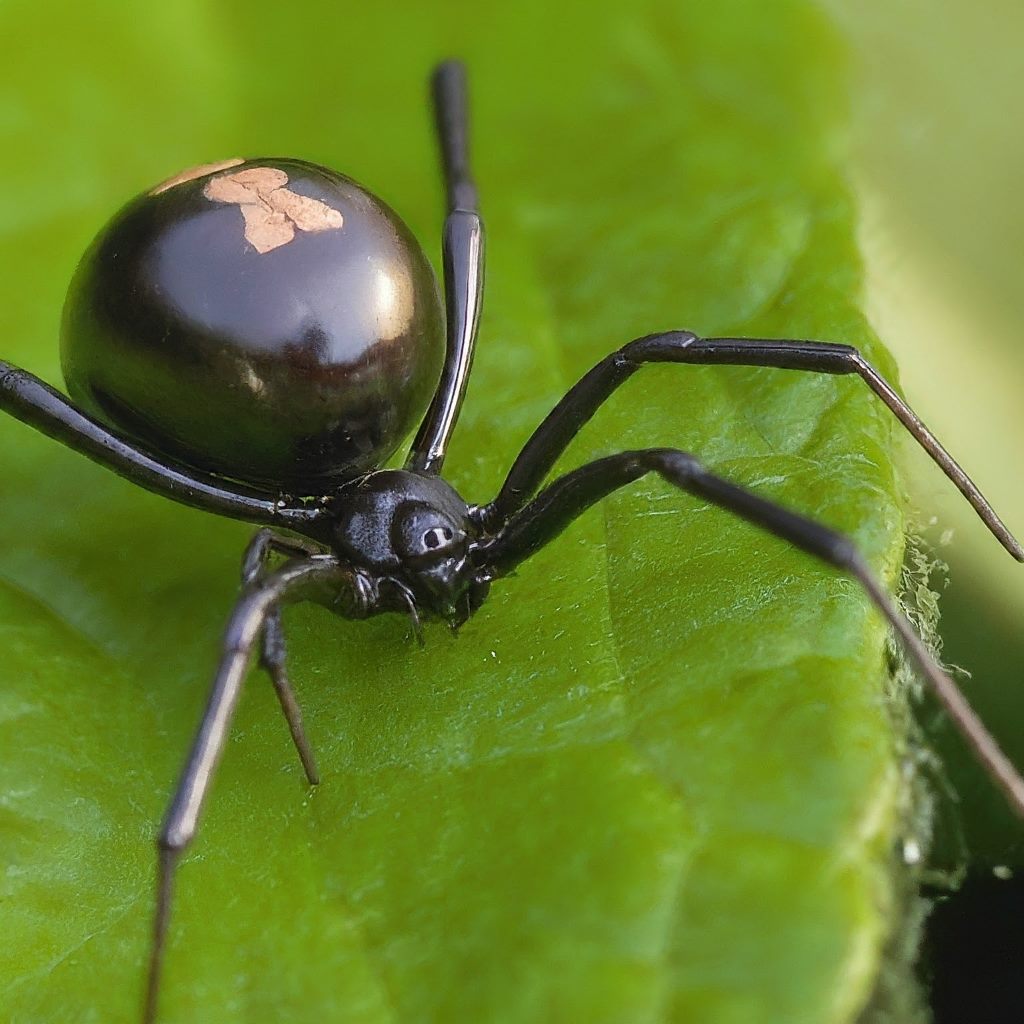
Physical Characteristics: False black widow spiders have a dark brown or black body with a bulbous abdomen and shiny appearance. They are often mistaken for true black widow spiders due to their similar appearance.
Size, Color, and Weight: False black widow spiders typically measure around 6 to 10 millimeters in body length. They are dark brown to black in color and may have lighter markings or patterns on their abdomen.
Lifespan: False black widow spiders have a lifespan of about one to three years, with females generally living longer than males.
Prey and Diet: These spiders feed on small insects such as flies, ants, and beetles that become trapped in their webs. They are also known to consume other spiders and insects that they catch.
Behavior: False black widow spiders are nocturnal hunters and construct tangled webs in secluded areas such as sheds, garages, and outdoor structures. They are secretive and will usually retreat if disturbed but can bite if handled roughly.
Habitat: False black widow spiders are found in temperate regions worldwide, often in urban and suburban environments. They prefer dark, sheltered locations and are commonly encountered in human-made structures.
Web: Their webs are irregular and messy, composed of sticky silk threads that capture prey. The webs are typically located in corners, crevices, and other hidden spots where prey is likely to pass by.
Temperament: False black widow spiders are generally non-aggressive toward humans and will only bite if provoked or threatened. While their venom is not as potent as that of true black widow spiders, their bites can still cause localized pain, redness, and swelling, similar to a bee sting.
Noble False Widow Spider (Steatoda nobilis):
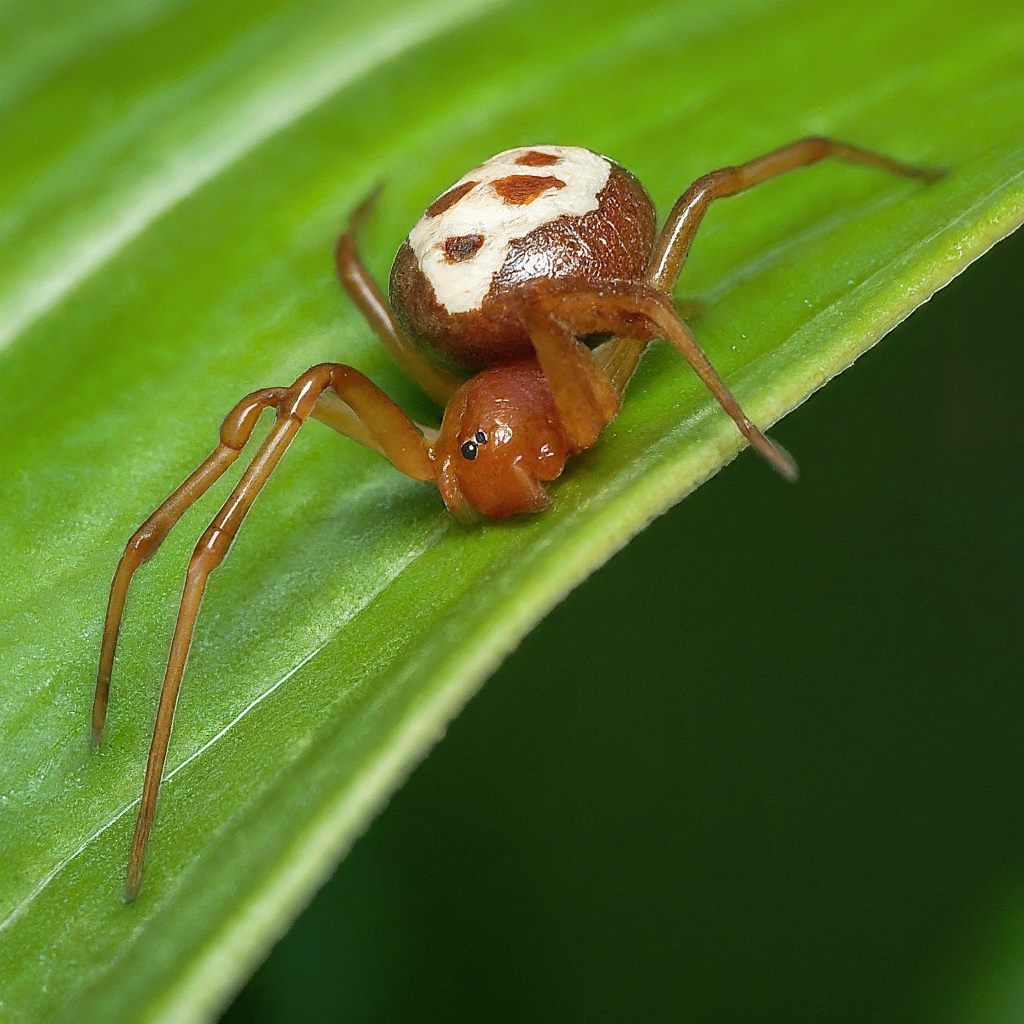
Physical Characteristics: Noble false widow spiders have a dark brown to black body with a bulbous abdomen and shiny appearance. They have distinctive cream-colored markings on the dorsal side of the abdomen, resembling a skull pattern.
Size, Color, and Weight: Adult noble false widow spiders typically measure between 9 to 14 millimeters in body length. They are dark brown to black in color, with cream-colored markings that form a skull-like pattern on the dorsal side of the abdomen.
Lifespan: Noble false widow spiders have a lifespan of about one to three years, with females usually living longer than males.
Prey and Diet: These spiders primarily feed on small insects such as flies, ants, and beetles that become ensnared in their webs. They are also known to prey on other spiders and insects.
Behavior: Noble false widow spiders are nocturnal hunters and construct tangled webs in sheltered areas such as garages, sheds, and outdoor structures. They are secretive and will typically retreat if disturbed but can deliver a venomous bite if provoked.
Habitat: Noble false widow spiders are native to Madeira and the Canary Islands but have spread to other parts of Europe, including the United Kingdom and Ireland. They are commonly found in urban and suburban environments, particularly in human-made structures.
Web: Their webs are irregular and messy, made of sticky silk threads that capture prey. The webs are often located in corners, crevices, and other hidden areas where insects are likely to pass by.
Temperament: Noble false widow spiders are generally non-aggressive toward humans and will only bite if threatened or provoked. While their venom is not as potent as that of true black widow spiders, their bites can cause localized pain, redness, and swelling, similar to a bee sting. Fatalities from noble false widow spider bites are extremely rare, and most bites result in mild symptoms that resolve on their own.
Domestic House Spider (Tegenaria domestica):
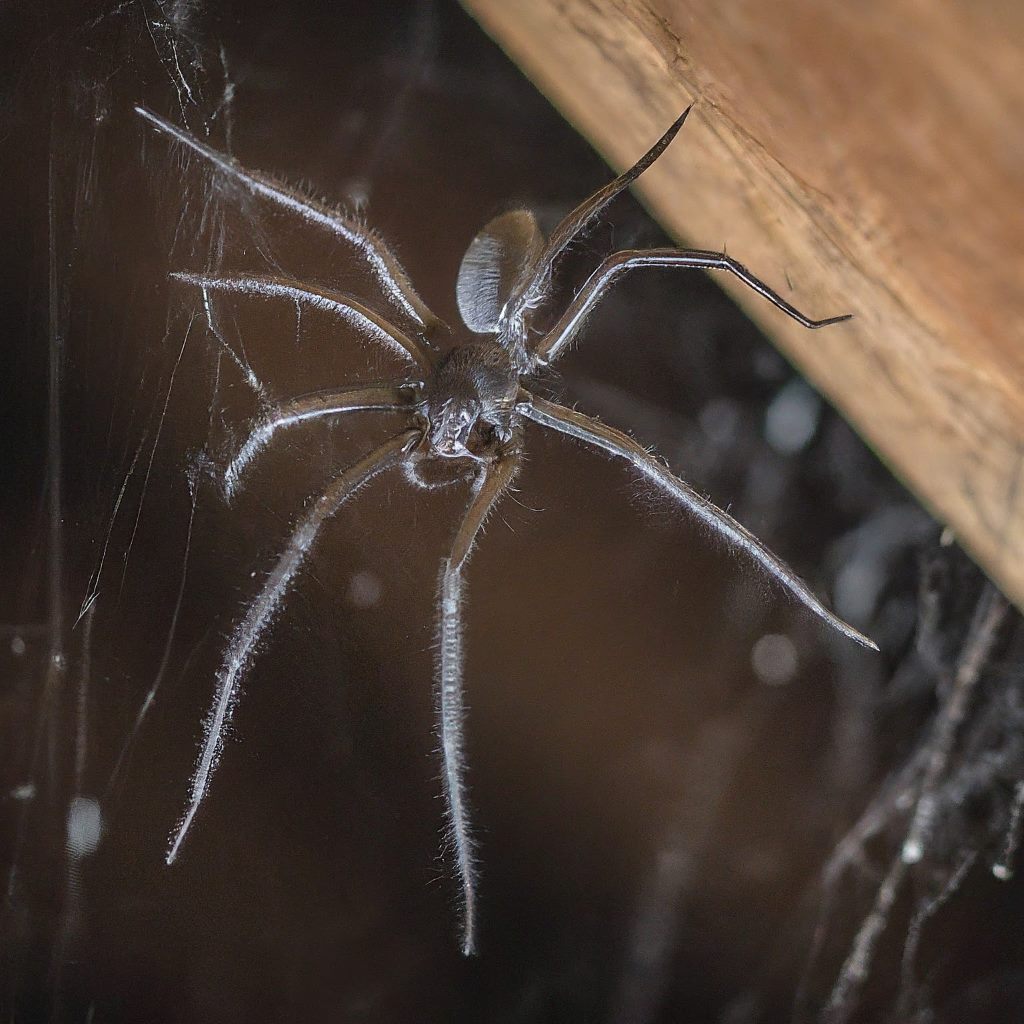
Physical Characteristics: Domestic house spiders have a light to dark brown body with long, slender legs. They are typically around 6 to 10 millimeters in body length, with females being slightly larger than males. Their abdomens are elongated and may have various markings.
Size, Color, and Weight: Adult domestic house spiders range from 6 to 10 millimeters in body length. They are usually light to dark brown in color, with some variations in markings and patterns on their bodies.
Lifespan: These spiders typically live for about one to two years, with females having slightly longer lifespans than males.
Prey and Diet: Domestic house spiders primarily feed on small insects such as flies, mosquitoes, and ants. They hunt by ambushing their prey or by capturing them in their webs.
Behavior: Domestic house spiders are nocturnal hunters and are typically more active at night. They construct funnel-shaped webs in corners, crevices, and other sheltered areas where they wait for prey to become ensnared.
Habitat: As their name suggests, domestic house spiders are commonly found indoors, particularly in houses, sheds, garages, and other human-made structures. They prefer dark, undisturbed areas where they can build their webs.
Web: Their webs are funnel-shaped and often located in corners or gaps between walls and ceilings. The spider rests at the narrow end of the funnel, waiting for vibrations from trapped prey to signal its presence.
Temperament: Domestic house spiders are generally shy and non-aggressive toward humans. They will typically flee if approached or disturbed but may bite if provoked. However, their venom is not considered medically significant to humans, and their bites usually result in mild symptoms such as localized pain and swelling.
Barn Funnel Weaver (Tegenaria domestica):
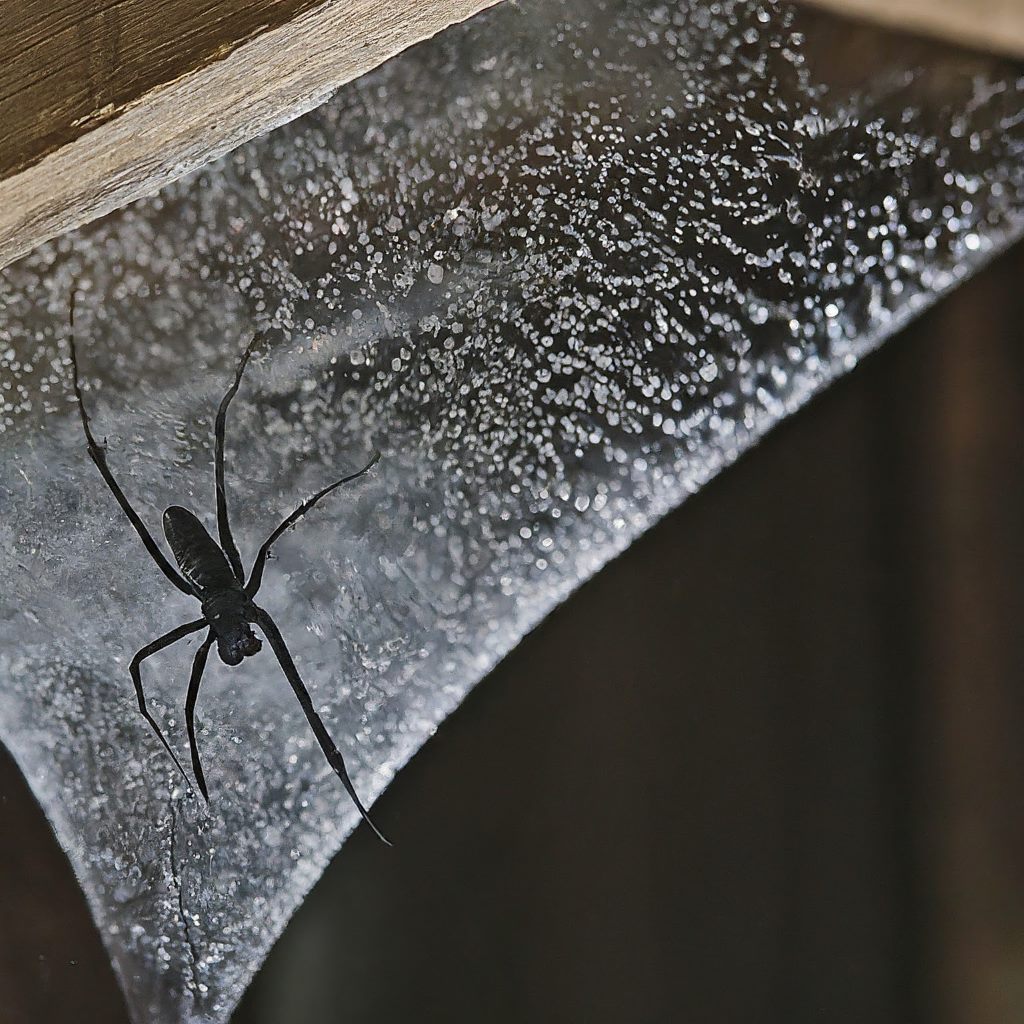
Physical Characteristics: Barn funnel weavers have a light to dark brown body with long, slender legs. They are typically around 6 to 12 millimeters in body length, with females being slightly larger than males. Their abdomens are elongated and may have various markings.
Size, Color, and Weight: Adult barn funnel weavers range from 6 to 12 millimeters in body length. They are usually light to dark brown in color, with some variations in markings and patterns on their bodies.
Lifespan: These spiders typically live for about one to two years, with females having slightly longer lifespans than males.
Prey and Diet: Barn funnel weavers primarily feed on small insects such as flies, mosquitoes, and ants. They hunt by ambushing their prey or by capturing them in their funnel-shaped webs.
Behavior: Barn funnel weavers are nocturnal hunters and are typically more active at night. They construct funnel-shaped webs in corners, crevices, and other sheltered areas where they wait for prey to become ensnared.
Habitat: As their name suggests, barn funnel weavers are commonly found in barns, sheds, and other agricultural buildings, as well as in houses and other human-made structures. They prefer dark, undisturbed areas where they can build their webs.
Web: Their webs are funnel-shaped and often located in corners or gaps between walls and ceilings. The spider rests at the narrow end of the funnel, waiting for vibrations from trapped prey to signal its presence.
Temperament: Barn funnel weavers are generally shy and non-aggressive toward humans. They will typically flee if approached or disturbed but may bite if provoked. However, their venom is not considered medically significant to humans, and their bites usually result in mild symptoms such as localized pain and swelling.
Common House Spider (Parasteatoda tepidariorum):
Physical Characteristics: Common house spiders have a rounded abdomen with a mottled pattern that varies in color from brown to gray. They have long, slender legs and a relatively small body size.
Size, Color, and Weight: Females typically measure around 5 to 8 millimeters in body length, while males are slightly smaller. They exhibit various shades of brown, gray, or tan with darker markings on their abdomen.
Lifespan: Common house spiders typically live for about one to two years, with females often living longer than males.
Prey and Diet: They feed on small insects such as flies, mosquitoes, and ants that become ensnared in their webs. Common house spiders are known to be opportunistic predators and will consume whatever prey is available.
Behavior: These spiders are nocturnal and construct tangled, irregular webs in corners, crevices, and other sheltered areas within human dwellings.
Habitat: Common house spiders are cosmopolitan and can be found in human habitats worldwide. They thrive in indoor environments such as houses, barns, and sheds.
Web: They build messy, cobweb-like webs composed of sticky silk to capture prey. The webs are often located in undisturbed areas where prey is likely to pass by.
Temperament: Common house spiders are generally harmless and avoid confrontation with humans. They are more likely to flee than bite, but if threatened, they may deliver a bite that causes mild irritation and swelling at the site.
Summary
In conclusion, spiders that resemble black widows, often known as false widows, exhibit a fascinating array of physical characteristics, behaviors, and habitats. Despite their similarities in appearance to the infamous black widow, these spiders vary widely in size, coloration, and venom potency. While some species may possess venom that poses a minor threat to humans, most are harmless and play essential roles in controlling insect populations.
From the Triangulate Cobweb Spider’s intricate web-building abilities to the White-spotted False Widow’s distinctive markings, each species has adapted to thrive in its specific environment. They can be found in various habitats worldwide, from urban areas to natural landscapes, where they fulfill essential ecological roles as predators of insects.
Understanding these spiders’ characteristics, behaviors, and habitats is crucial for promoting coexistence and minimizing human-wildlife conflicts. By recognizing and respecting their role in ecosystems, we can foster appreciation for the diversity of spider species and contribute to their conservation.
In conclusion, while false widows may evoke fear due to their resemblance to the black widow, they are valuable members of ecosystems and deserve respect and protection. Through education and awareness, we can cultivate a greater understanding of these fascinating creatures and foster harmony between humans and spiders in the natural world.

94% of pet owners say their animal pal makes them smile more than once a day. In 2007, I realized that I was made for saving Animals. My father is a Vet, and I think every pet deserves one. I started this blog, “InPetCare”, in 2019 with my father to enlighten a wider audience.
